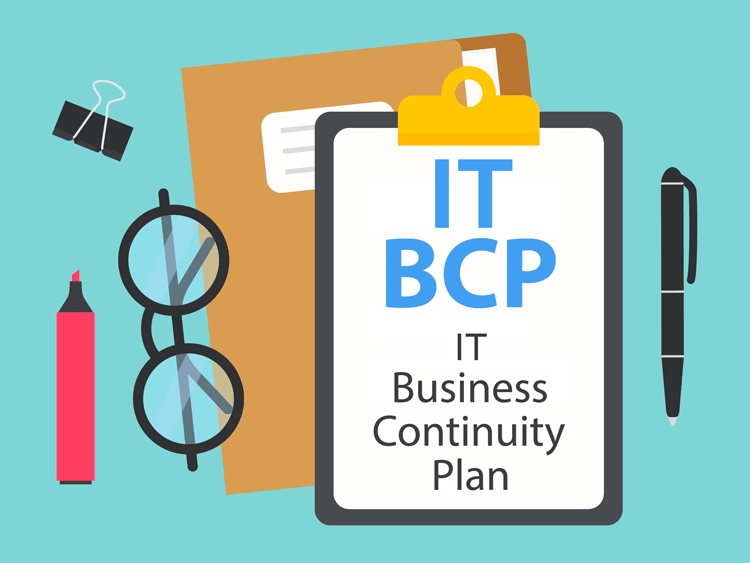Top 20 Tools of Communication: Business Success Today, Trends of Tomorrow
Effective communication is the lifeblood of any successful business. Now with teams often dispersed globally, robust communication tools are even more critical. These tools streamline workflows and build a cohesive organizational culture. These in turn help companies better serve their customers.











